Investment Philosophy
There are two key challenges for semi-institutional and institutional investors: The need to generate steady and attractive returns, and the need to implement risk-adjusted investment optimization.

By utilizing alternative sources of return in combination with traditional capital market theory in asset allocation, robust investment strategies can be developed to meet today’s efficient investment requirements.
To this end, we draw on the insights of classical portfolio theory and combine traditional approaches with alternative, derivative solutions. Combining alternative and traditional sources of return creates investment concepts designed to address these two key challenges. In each of our investment solutions, consistent return generation, minimization of drawdowns, high transparency, consideration of ESG approaches, and state-of-the-art reporting are paramount.
Gains and losses do not behave symmetrically
Due to considerable uncertainties in the capital markets, high expected profits often turn into substantial losses, which are to be made up in the future by taking incalculable risks – often leading to even higher losses. The unfavorable asymmetry of gains and losses plays a decisive role here: a loss of 30 percent requires a recovery of 43 percent; at 50 percent, even 100 percent return must be achieved to get back to the original investment. But even conservative investors such as foundations cannot really afford to achieve a zero result in one year with an expected return of five percent, for example, because ten percent would then have to be generated in the following year in order to achieve the target.
Many investors do not realize the significance of risk until a serious loss has occurred. The best known and most frequently used risk measure is volatility. Defined as fluctuation around an expected return trend, it is often misunderstood. The DAX, with a long-term volatility of 20 percent, has led to maximum losses of more than 50 percent several times in the last ten years. Therefore, especially for institutional investors, other risk measures are used, such as maximum drawdown or conditional value-at-risk. (CVaR), which takes into account not only the probability of large deviations but also their magnitude.
For semi-institutional and institutional Investors therefore face two key challenges: the need to achieve steady and attractive returns well above the instantaneous money market rate, and the need to understand risk in terms of potential maximum loss in order to then effectively reduce it.
Our investment philosophy is focused on addressing these two key challenges.
